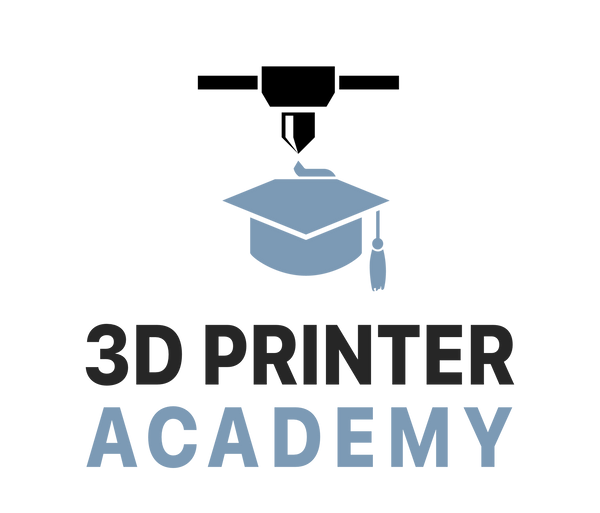Increasing the strength of 3D printed parts, while saving material:
If you've been 3D printing for a while, you probably know that increasing infill isn't always the best way to improve the strength of your 3D prints. One common suggestion is to increase the number of perimeter walls in your slicer settings. This can definitely enhance the strength of your prints, but it's not always the most effective solution.

The reason this isn't always ideal is that parts are often not printed in the same orientation in which they will be used. For example, in many cases, it's better to rotate your part 90 degrees, or even 45 degrees, depending on the geometry. This is done to avoid layer line weakness.
So what actually increases strength without wasting material? You'll need to consider the cross-section of the printed part after it's printed, since 3D prints are rarely solid.
Cross Section Analysis Example:
Here’s an example of a part that was rotated 90 degrees for optimal strength and print quality:

Remember, narrow parts can break along layer lines. Because this part was rotated 90 degrees, rather than increasing the number of perimeter walls, you should increase the thickness of the top and bottom shells. But why?
Quick Strength of Materials crash course:
Before we continue, we need some context on which cross-sectional shapes are stronger than others. Have you ever noticed how beams, floor joists, and I-beams are oriented vertically rather than laid flat? This is due to their cross-sectional moment of inertia, though we don’t need to go too far into the details for practical purposes.

So basically, we want the internal structure of the print to have "internal vertical beams" to optimize the strength to weigh ratio.

Experiment:
We ran a simple one-off test and achieved the following results:

Left print: default slicer settings.
- Used least material, and cost to least to print
- Weakest
Middle print: 6 perimeter walls
- Used 31g of material
- Second weakest
Right print: 4.5mm top and bottom shells
- Used 31g of material (same as middle)
- Strongest
Results:
In conclusion, we can see that despite both the middle and right prints using the same amount of material, the right print with 2 walls and more top and bottom shells is actually stronger.
Pretty cool, right?
There are so many factors to consider when 3D printing—and that’s part of what makes it so engaging.
_________
Happy printing!
-Steven
3D Printer Academy
